Interior Design Course In Bangalore
Discover your passion for design with our comprehensive Interior Design Course in Bangalore. Learn from industry professionals, gain practical skills, and unleash your creativity. Enroll now to turn your love for design into a successful career.
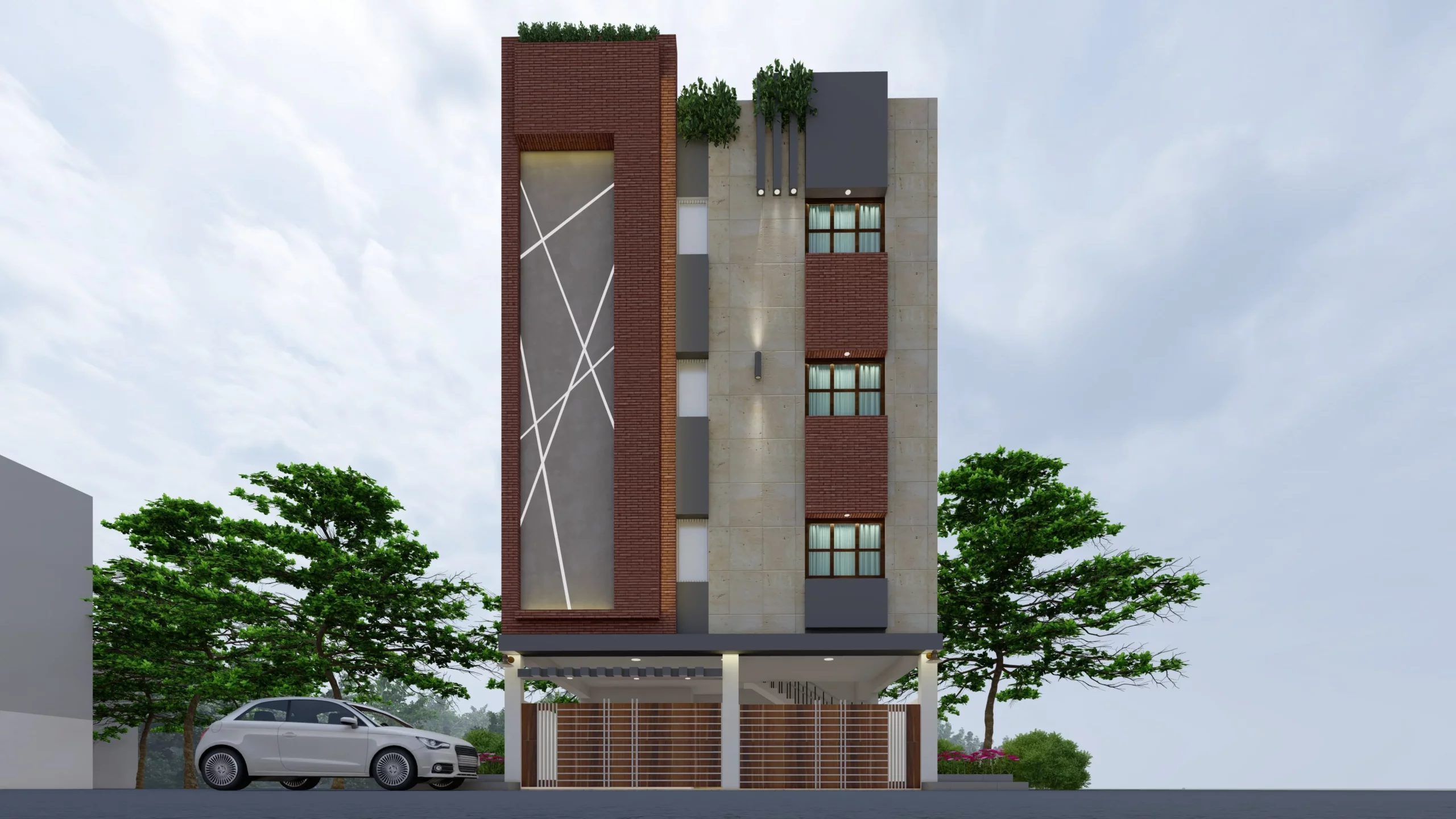


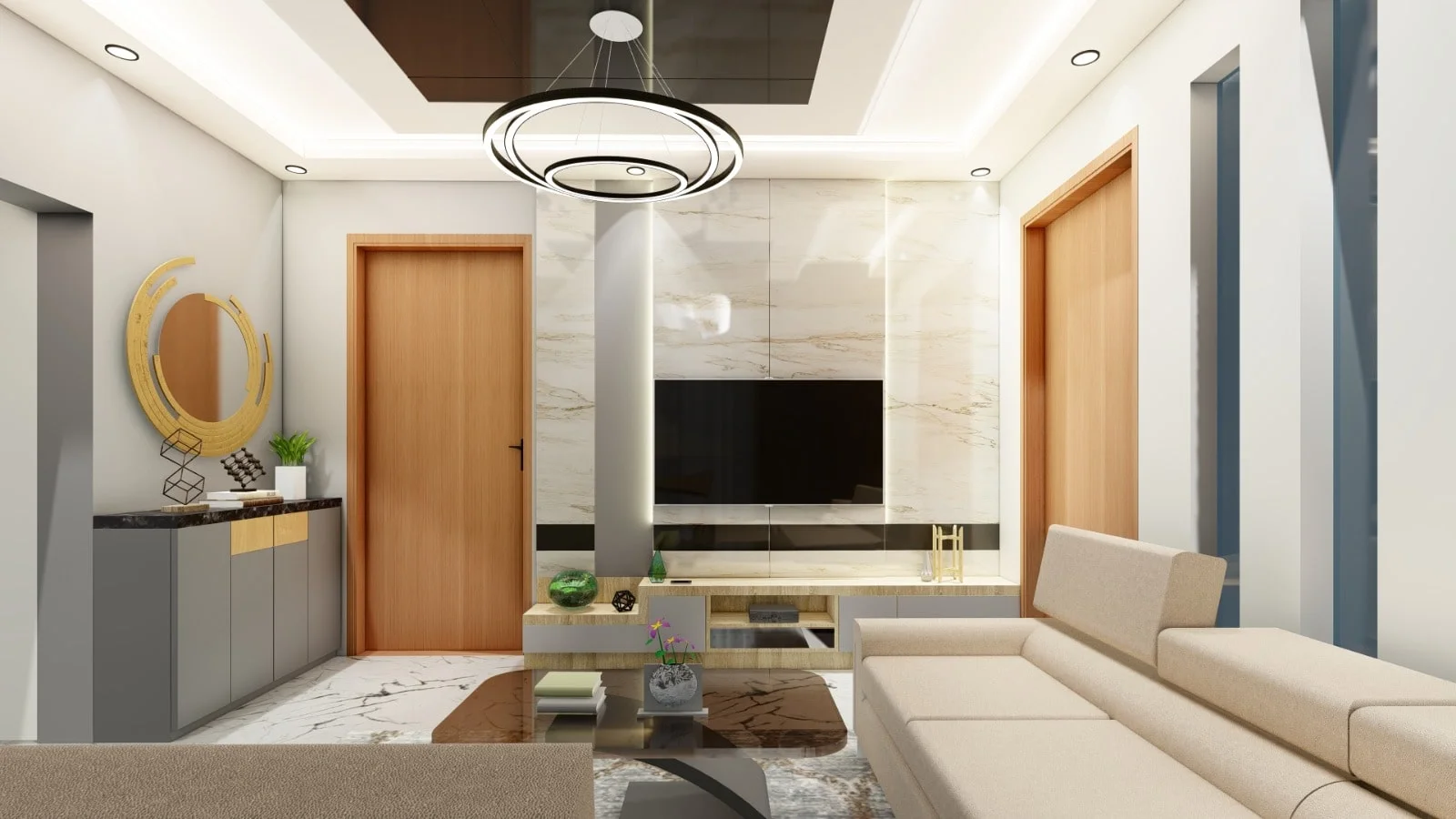
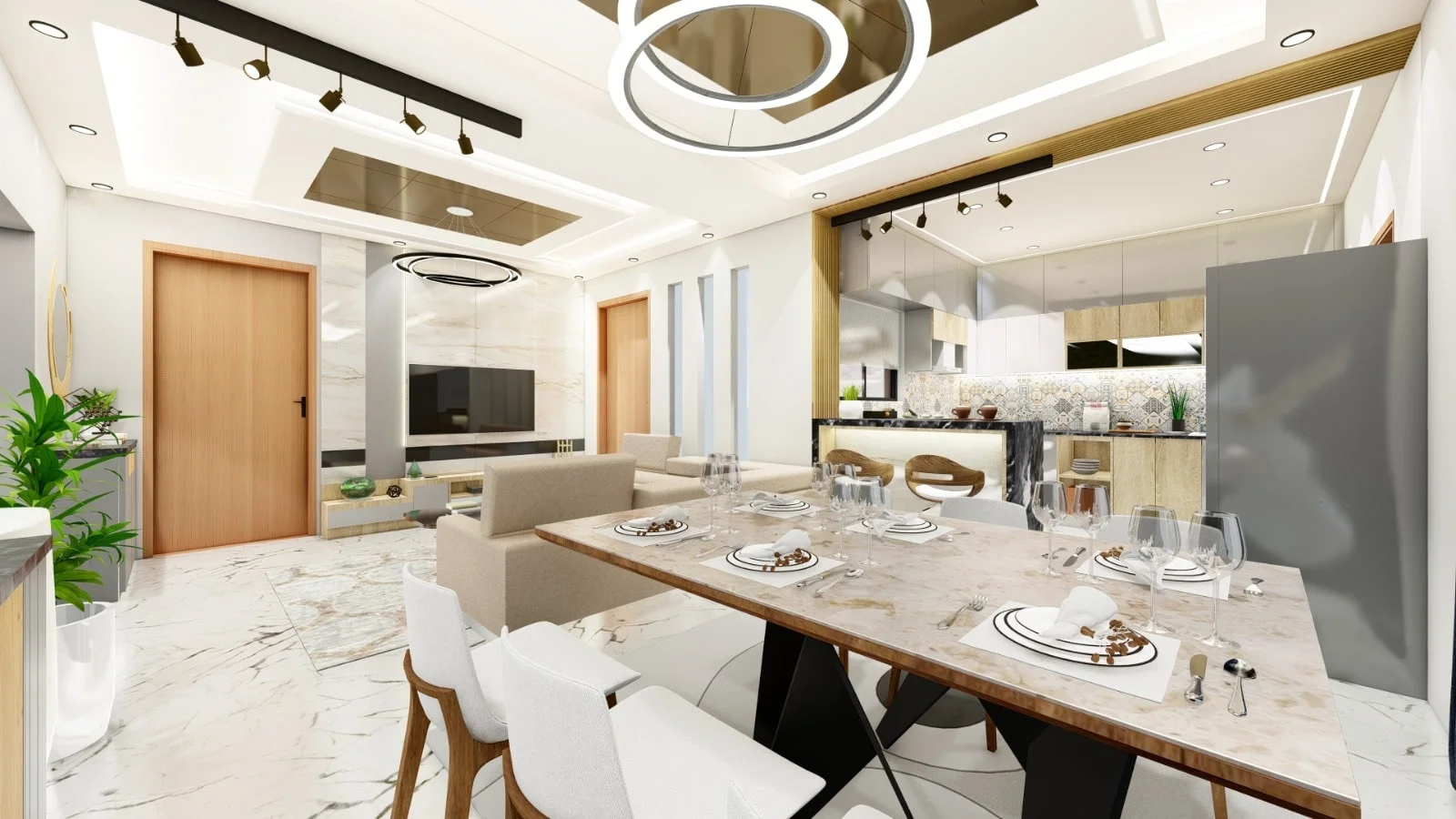
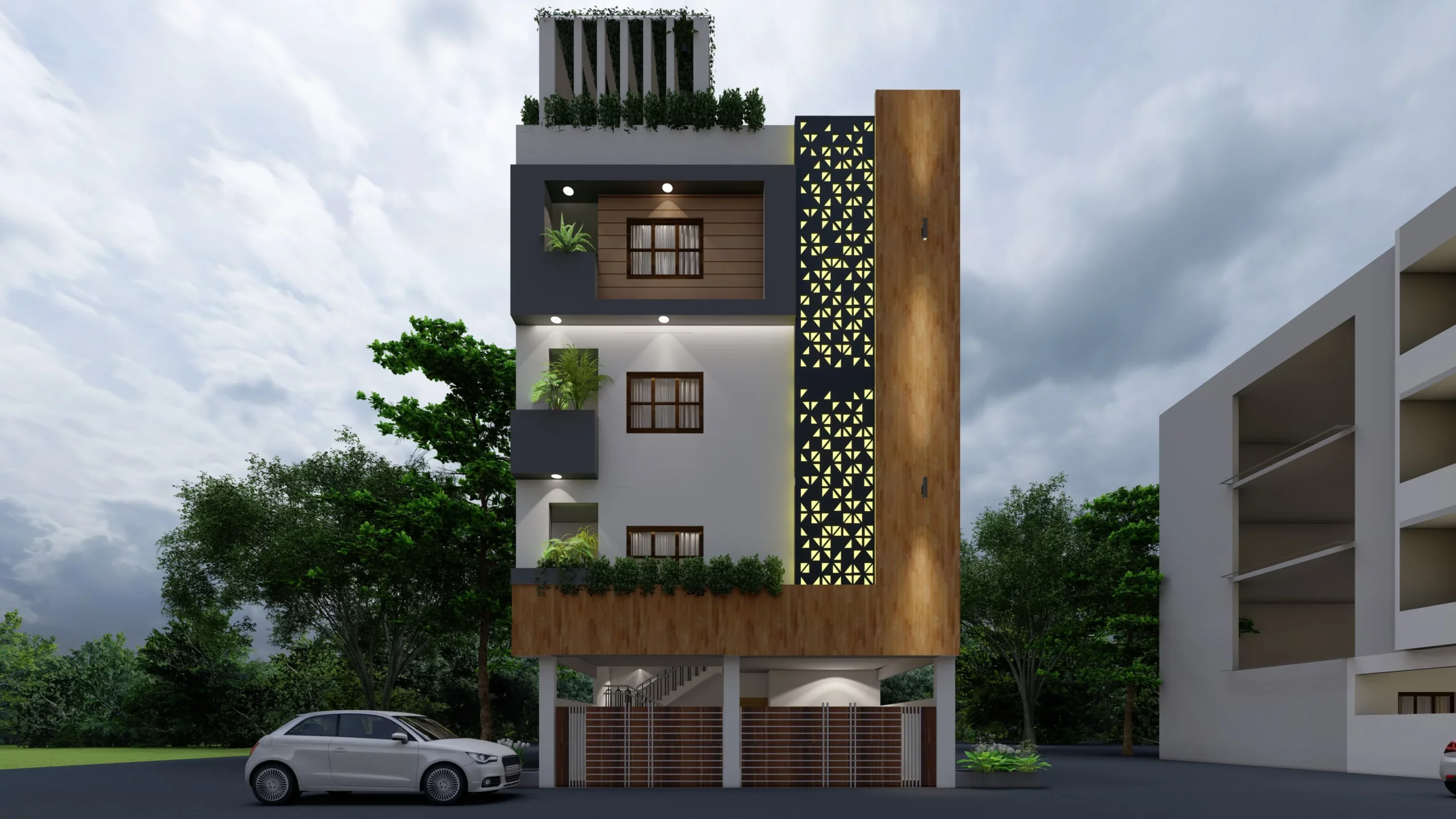



Software tools

Course Fees : 50000
Duration : 6 months
Our students Works
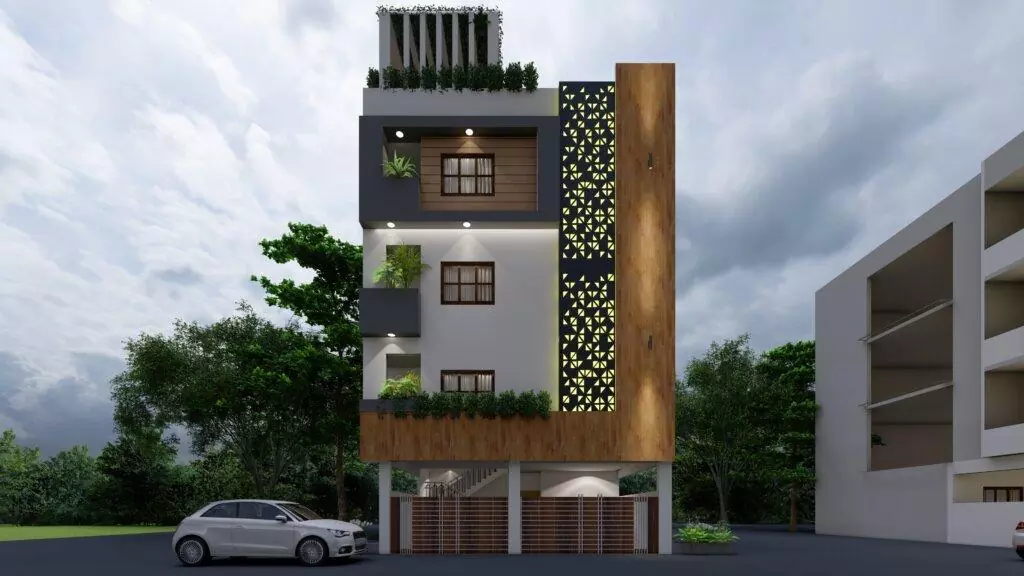
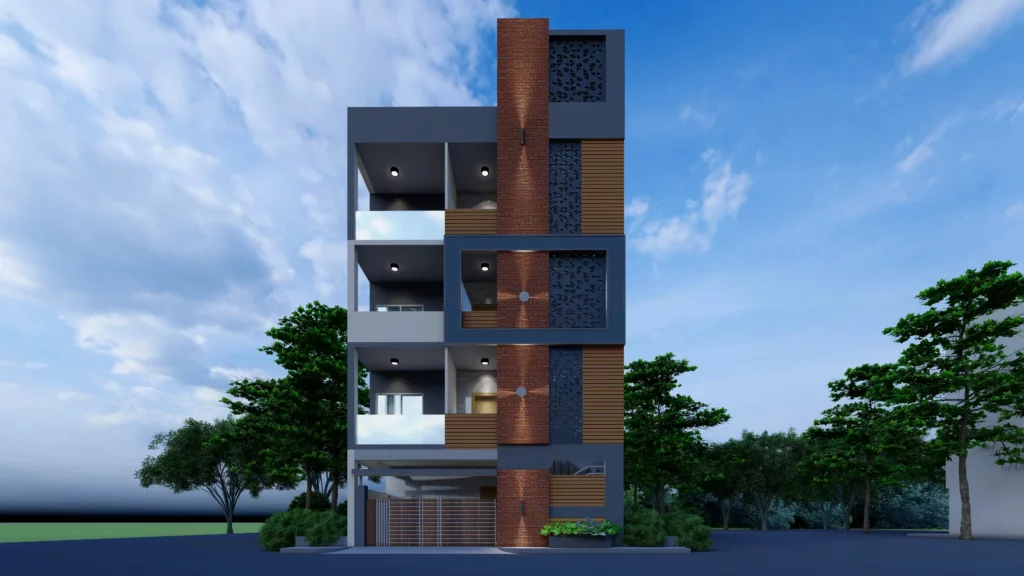
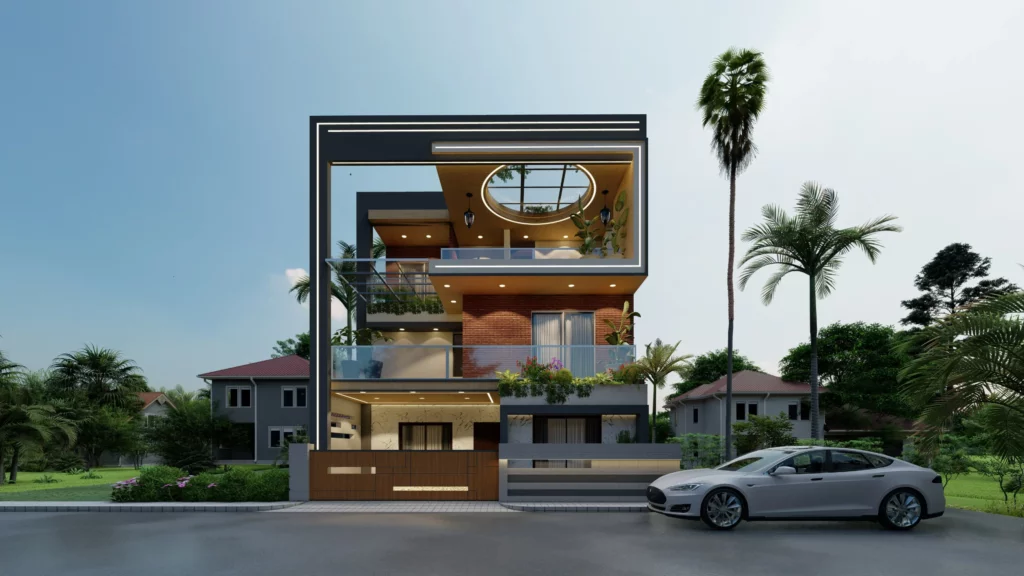


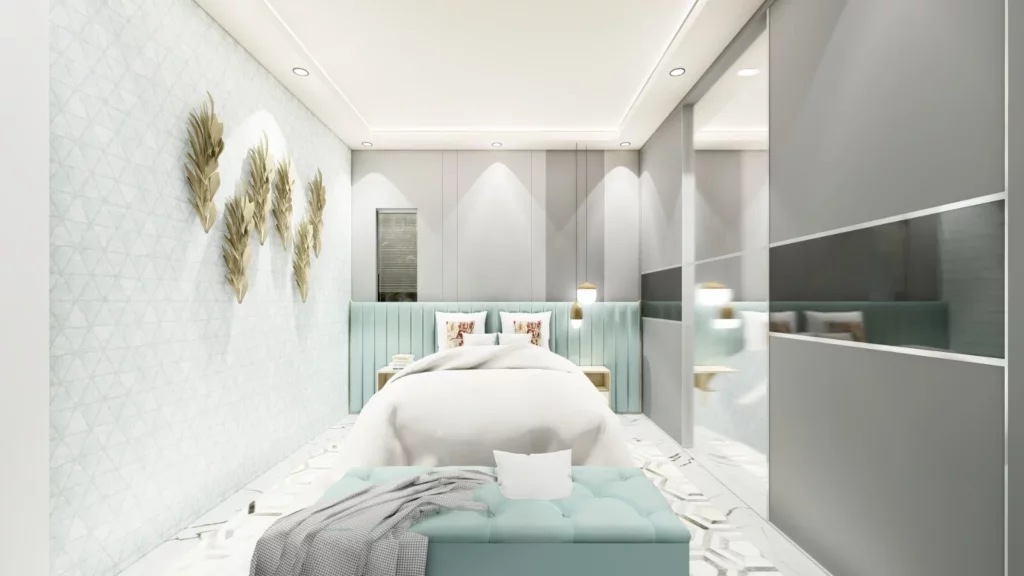


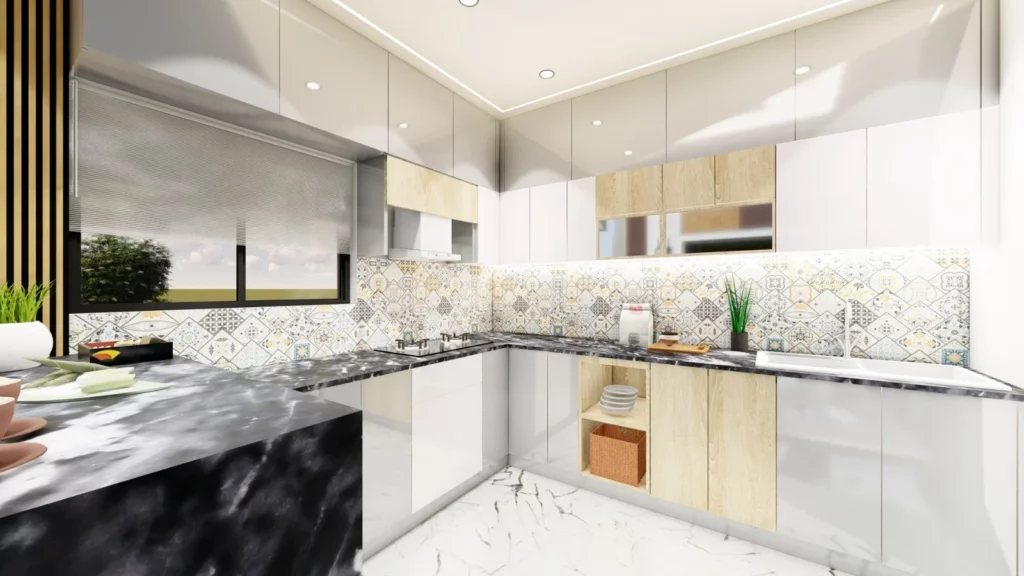

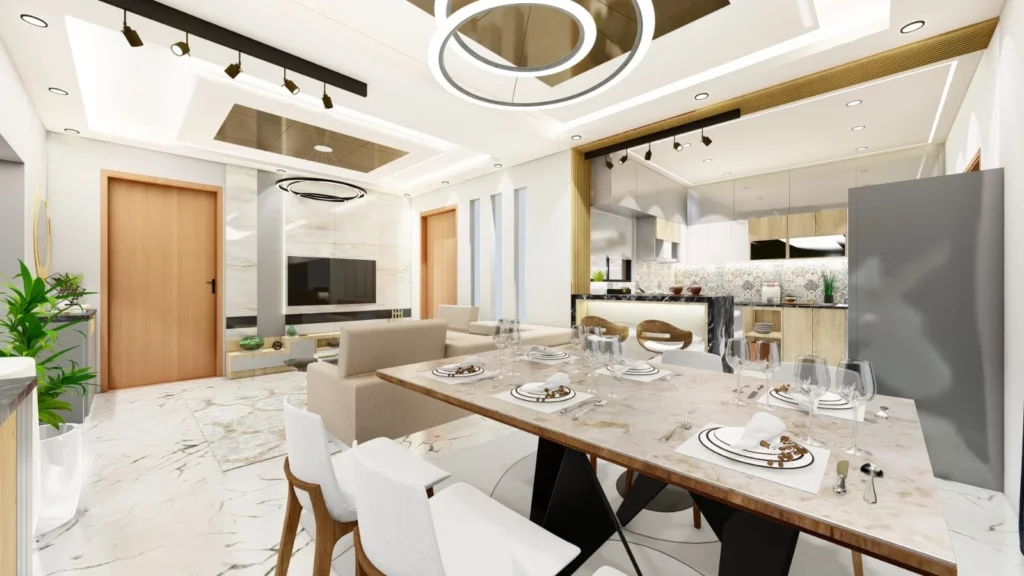
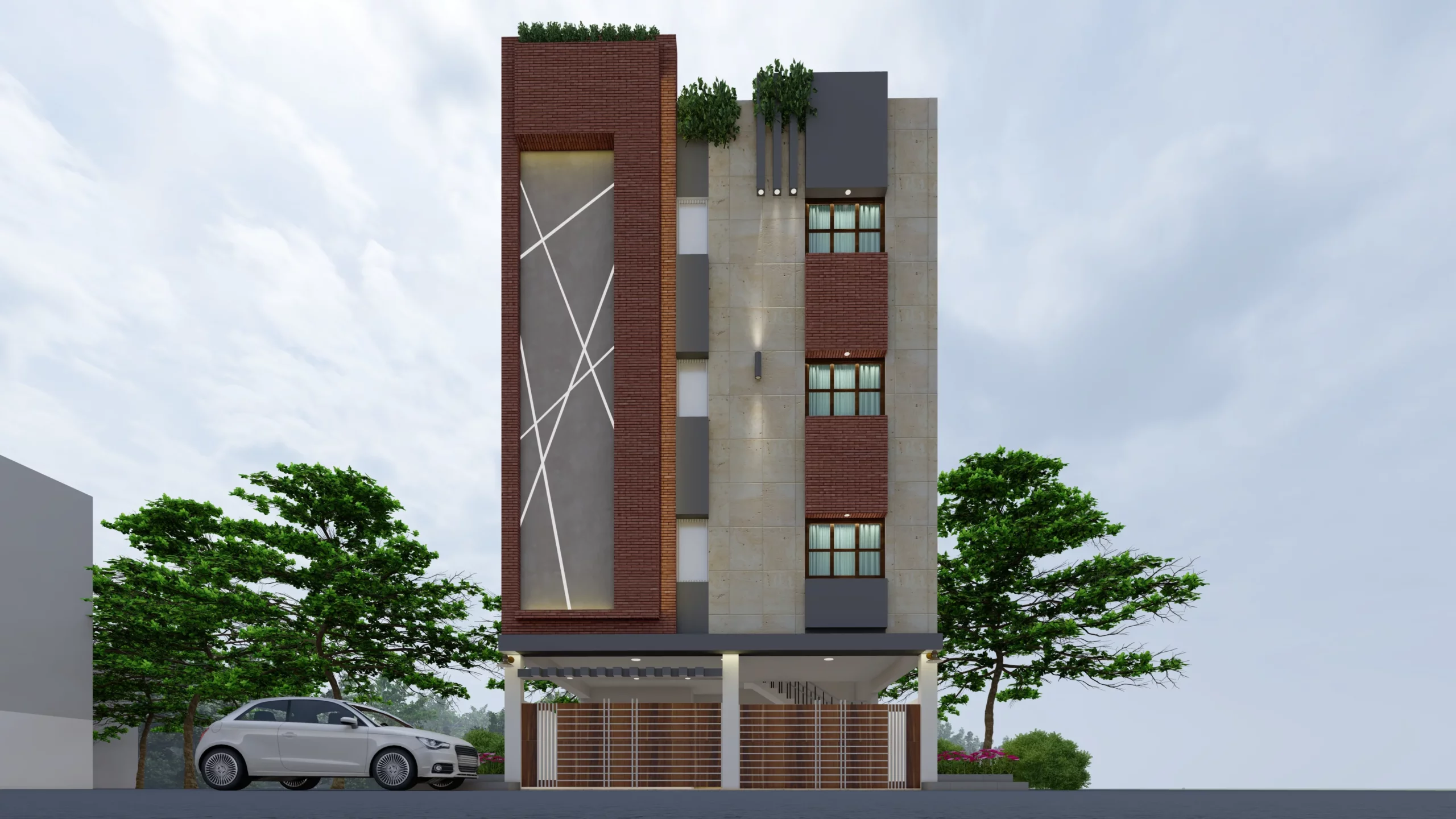
Interior Design Course in bangalore
An interior design course is a program that teaches students the principles and techniques of designing and decorating interior spaces. This includes the use of color, texture, lighting, furniture, and other design elements to create functional and aesthetically pleasing environments. Interior design courses are available at both undergraduate and graduate levels, and can be pursued by students with a background in art and design or other related areas.
An interior design course is a formal training program that focuses on the art and science of creating functional and aesthetically pleasing spaces within buildings and homes. Interior designers work with clients to develop a design that meets their needs, preferences, and budget, and they use a variety of design principles, materials, and techniques to create spaces that are both beautiful and functional.
An interior design course typically covers topics such as color theory, lighting design, furniture placement, and space planning. Students will learn about the different styles and trends in interior design, and will also learn how to use design software such as CAD or 3D modeling programs to create digital renderings of the spaces they are designing.
Interior Designing is the art of designing the interiors of a space or a building in such a way that it looks aesthetically pleasing, functional, and comfortable. An Interior Designing course is a program that teaches students how to plan, design, and decorate the interiors of a building or a space. It is a field that combines both creative and technical skills. The course includes subjects such as interior design theory, drawing, space planning, furniture design, color theory, and more. Interior Designing courses are popular among students who have a passion for design and creativity and want to pursue a career in this field.
In addition to technical skills, an interior design course often also covers topics such as business management, communication skills, and collaboration techniques. These skills are essential in today’s increasingly competitive and collaborative work environments, and can help students to effectively manage projects, communicate with clients, and work with other professionals involved in a design project.
Most interior design courses are either offered in a classroom setting or through online instructional videos and tutorials, and provide students with a comprehensive training program that covers all aspects of the field. Interior design courses are an excellent way for students to acquire the skills and knowledge needed to become successful interior designers in the field.
Interior 3D Design
Interior 3D design is a creative process that involves using computer software to create three-dimensional visualizations of interior spaces. It’s commonly used in architecture, interior design, real estate, and various other industries to help clients and stakeholders better understand how a space will look and feel before it’s actually built or renovated. Here are the key aspects and steps involved in interior 3D design:
Conceptualization and Planning:
• Understand the client’s requirements, preferences, and needs.
• Gather reference materials, such as images, sketches, or mood boards, to capture the desired style and ambiance.
• Plan the layout, furniture arrangement, color scheme, lighting, and other design elements.
3D Modeling:
• Build walls, floors, ceilings, and other architectural elements.
• Add doors, windows, and other structural components.
Furniture and Object Placement:
• Import or create 3D models of furniture, fixtures, and accessories.
• Place these objects within the 3D space, considering scale, proportions, and functionality.
Materials and Textures:
• Apply realistic materials and textures to surfaces, such as walls, floors, and furniture.
• Adjust material properties to achieve the desired visual effect, such as glossiness, reflectivity, and roughness.
Lighting:
• Set up various types of lighting, including ambient, natural, and artificial sources.
• Adjust lighting parameters like intensity, color temperature, and direction to create the desired mood and atmosphere.
Rendering:
• Use rendering software to create high-quality images or videos of the 3D scene.
• Fine-tune settings for output quality, resolution, and lighting effects.
Post-Processing:
• Enhance rendered images using image editing software (e.g., Adobe Photoshop) to add final touches like contrast, color correction, and atmospheric effects.
Presentation:
• Compile the rendered images and videos into a presentation for clients, stakeholders, or design teams.
• Use these visuals to communicate design ideas, make decisions, and gather feedback.
Interior 3D design is an iterative process, often involving multiple rounds of feedback and adjustments to achieve the desired outcome. It offers several benefits, including the ability to experiment with different design concepts, identify potential issues before construction, and showcase designs to clients in a compelling and realistic manner.
Interior 3D design is the process of using 3D modeling software to create virtual models of interior spaces. Interior 3D designers often work on projects such as hotels, offices, restaurants, and residential spaces, and they use 3D modeling software to create a detailed, realistic representation of the space.
Interior 3D design involves selecting and positioning furniture, fixtures, and other elements within a virtual space, as well as incorporating lighting, textures, and other design elements to create a visually appealing and functional space. The ultimate goal of interior 3D design is to provide clients with a clear and accurate visual representation of the final product, helping them to make informed design decisions and ensure that the final space meets their needs and preferences.
Interior 3D design is an increasingly important and valuable skill in the architectural and interior design fields, and many professionals in these fields are now required to be proficient in 3D modeling software. Many 3D modeling software programs are specifically designed for interior design, such as SketchUp Pro, Rhino3D, and 3DS Max.
Interior Design Courses after 12th
Choosing a career in interior design courses after 12th is a great career option for those who are passionate about designing, creating, and building beautiful and functional interior spaces. Interior design courses provide students with a comprehensive understanding of the principles and practices of interior design, and equip them with the skills and knowledge needed to succeed in the field.
Students interested in pursuing a career in interior design courses after 12th can research these schools and programs to find the one that best meets their needs and goals. They can also consider factors such as location, faculty, curriculum, and industry connections, to determine which program will provide them with the most comprehensive training and preparation for a successful career in the field.
Interior design is a creative field that involves planning, designing, and executing the interiors of a space. There are several interior design courses after 12th, that can help you build a career in this field.
1. Bachelor of Fine Arts (BFA) in Interior Design: This is a 4-year undergraduate program offered by several universities and colleges across the country. It covers a wide range of topics, including design principles, project management, materials, and architectural drawing.
2. Diploma in Interior Design: This is a 2-year diploma program that provides a comprehensive curriculum in interior design. It covers fundamental principles such as design concepts, spatial planning, materials, and architectural drawing.
3. Certificate course in Interior Design: This is a short-term course that can be completed in a few months. It focuses on the basics of interior design, including color theory, spatial planning, and material selection.
4. Online interior design courses: There are several online courses available that offer an introduction to interior design.
It’s important to note that each course has its eligibility criteria. Additionally, many institutions also offer internship and placement opportunities that can help you gain practical experience and build your career in interior design courses after 12th.
A career as an interior designer can be a fulfilling and creative one. It involves working with clients to understand their needs and preferences, creating designs that meet their budget and requirements, and executing the design on time and within budget. It also involves staying up-to-date with the latest trends and technologies in the field and continuously learning new skills. With the right education and experience, you can build a successful career as an interior designer in interior design courses after 12th.
Ultimately, the best interior design courses after 12th for you depends on your career goals, budget, and preference for learning. It’s important to do your research and evaluate the courses and programs before making a decision.
Choosing a career in interior design courses after 12th is a great career option for those who are passionate about designing, creating, and building beautiful and functional interior spaces. Interior design courses provide students with a comprehensive understanding of the principles and practices of interior design, and equip them with the skills and knowledge needed to succeed in the field. There are several interior design colleges and universities in India that offer undergraduate and graduate-level programs in interior design. Some of the top interior design courses after 12th in India include:
- National Institute of Fashion Technology (NIFT) – India’s leading fashion and design institution, NIFT offers a four-year Bachelor of Design (B.Des.) program in Interior Design. This program provides students with a comprehensive understanding of the principles and techniques of interior design, along with practical experience and exposure to different design industries.
2. Pearl Academy of Fashion – A leading fashion and design institution in India, Pearl Academy offers a three-year Bachelor of Design (B.Des.) program in Interior Design. This program provides students with a thorough understanding of interior design principles, materials, and techniques, along with practical experience in interior design projects.
3. International Institute of Interior Design – India’s leading Institute for Interior Design, International Institute of Interior Design offers a four-year Bachelor of Design (B.Des.) program in Interior Design. This program emphasizes creativity and innovation in interior design, and offers students the opportunity to learn from renowned faculty members and gain hands-on experience through internships and projects
4. Srishti School of Art, Design and Technology – India’s leading School for Art, Design and Technology, Srishti offers a four-year Bachelor of Design (B.Des.) program in Interior Design. This program provides students with a broad understanding of design, materials, and technology, along with practical experience and exposure to different design industries.
These top interior design courses after 12th in India provide students with a comprehensive education in interior design, equipping them with the skills and knowledge needed to succeed in the field. Students in these programs have the opportunity to learn from industry professionals, participate in internships and projects, and gain a strong foundation in the field of interior design.
Interior Design Course in Bangalore
Interior design course in Bangalore are educational programs that teach students the principles, techniques, and skills required to plan and create functional, aesthetically pleasing, and safe interior spaces. These interior design course in Bangalore cover a wide range of topics, including design theory, space planning, color theory, materials, furniture design, and the use of technology in interior design.
An interior design course in Bangalore is a program that trains individuals to specialize in the art and science of designing and creating functional and aesthetically pleasing spaces within buildings. Interiors are an important part of the built environment and play a crucial role in determining how people interact with and experience their surroundings. An interior design course can cover a wide range of topics related to the creative and technical aspects of interior design, including space planning, architecture, lighting, color, materials, and furniture selection. Here are some benefits of taking an interior design course in Bangalore:
- Industry recognition: Completing an accredited interior design course can provide students with the knowledge, skills, and professional connections necessary to succeed in the industry.
- Practice in a real-world environment: Many interior design course in Bangalore include hands-on training and workshops, where students have the opportunity to work on real-world projects, gain practical experience, and build a portfolio.
- Access to industry experts: The Interior design course in Bangalore often provide students with the opportunity to interact with experienced professionals in the field, such as architects, interior designers, and builders.
- Skills development: An interior design course in Bangalore Can help students develop a range of skills, including space planning, presentation skills, project management, and computer-aided design (CAD) skills.
- Opportunities for networking: Interior design courses provide students with the opportunity to network with students and industry professionals, which can lead to job and internship opportunities.
- Career opportunities: Upon completing an interior design course, students can pursue a wide range of career opportunities, such as interior designer, architectural designer, and project manager.
Taking an interior design course in Bangalore can provide students with the skills and knowledge necessary to excel in the industry and pursue a satisfying and fulfilling career.
In conclusion, taking an interior design course in Bangalore can be a rewarding experience that can lead to a fulfilling career in a creative and multi-disciplinary field. Interior design is a crucial part of the built environment and plays a critical role in shaping our day-to-day experiences. With the right education and training, students can develop the skills and knowledge necessary to create visually appealing, functional and sustainable spaces.
Before enrolling in an interior design course in Bangalore, it’s essential to research the program’s curriculum, faculty qualifications, and reputation. Ensure that the interior design course in Bangalore aligns with your career goals and interests. Whether you’re looking to launch a career in interior design or simply want to improve your home decorating skills, there are courses available to suit your needs and level of commitment.